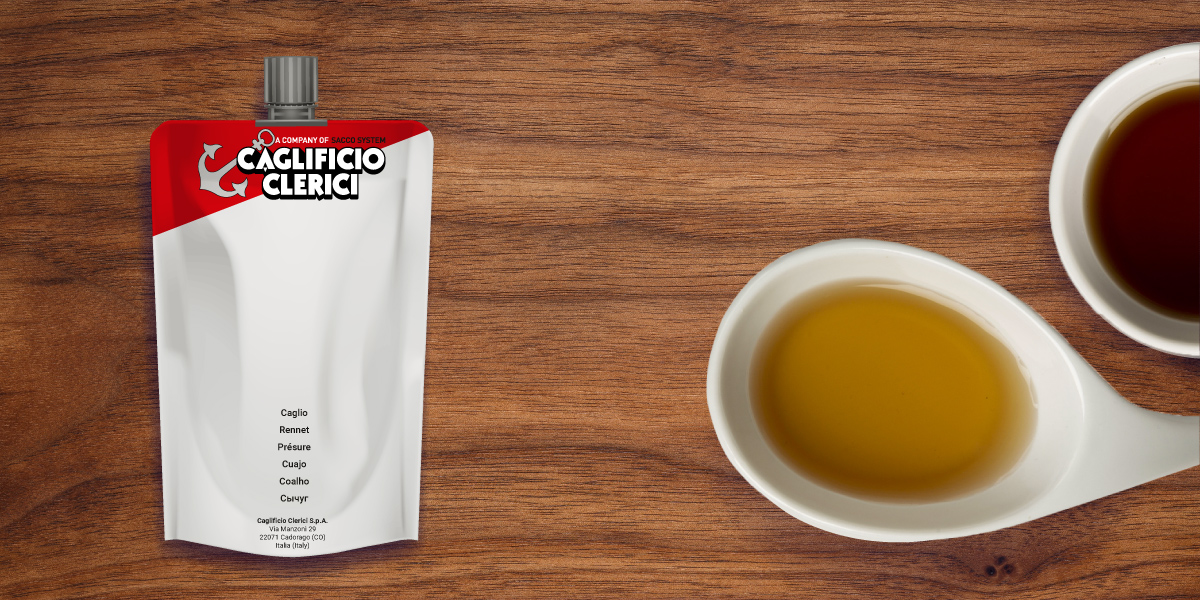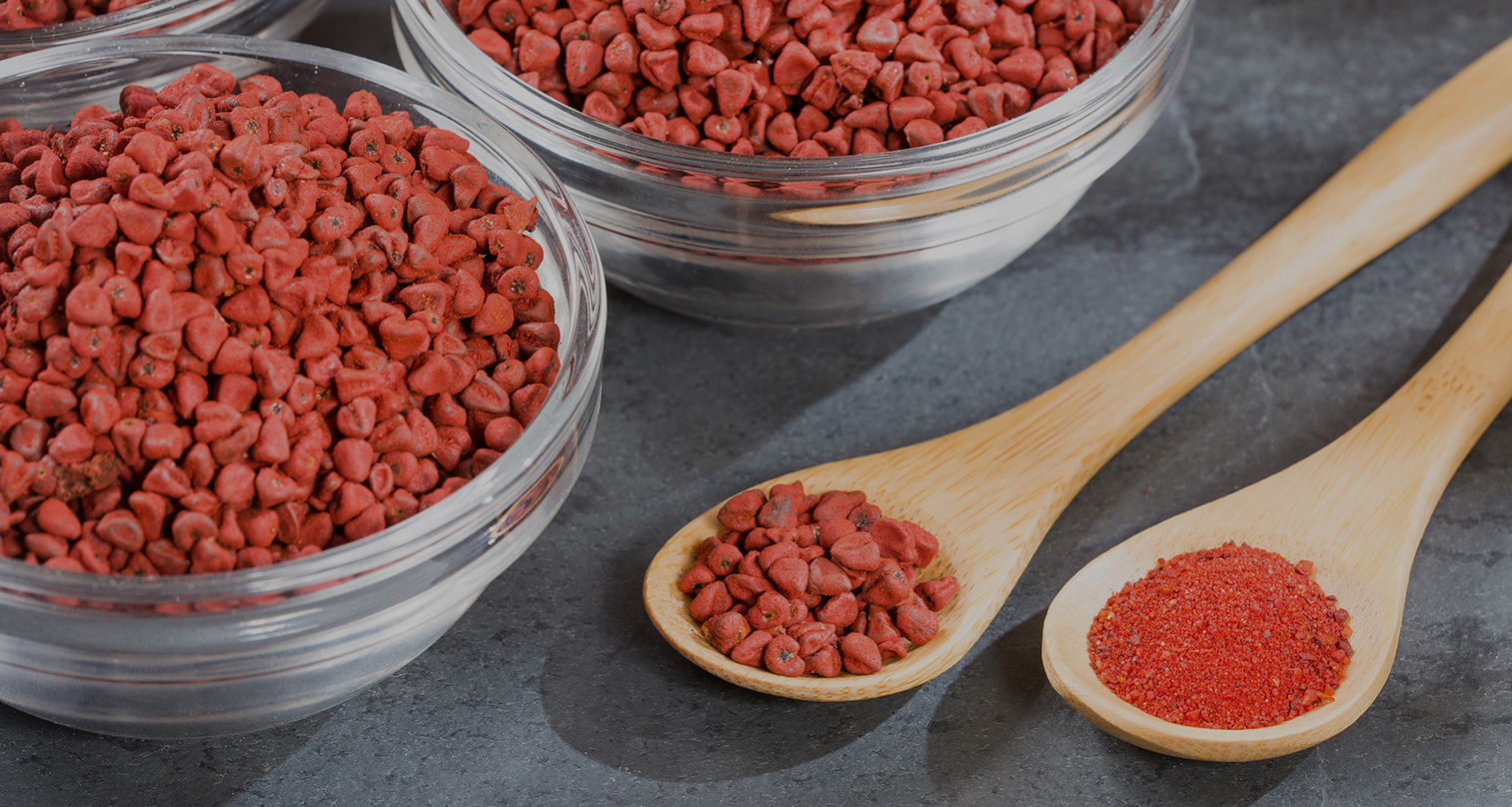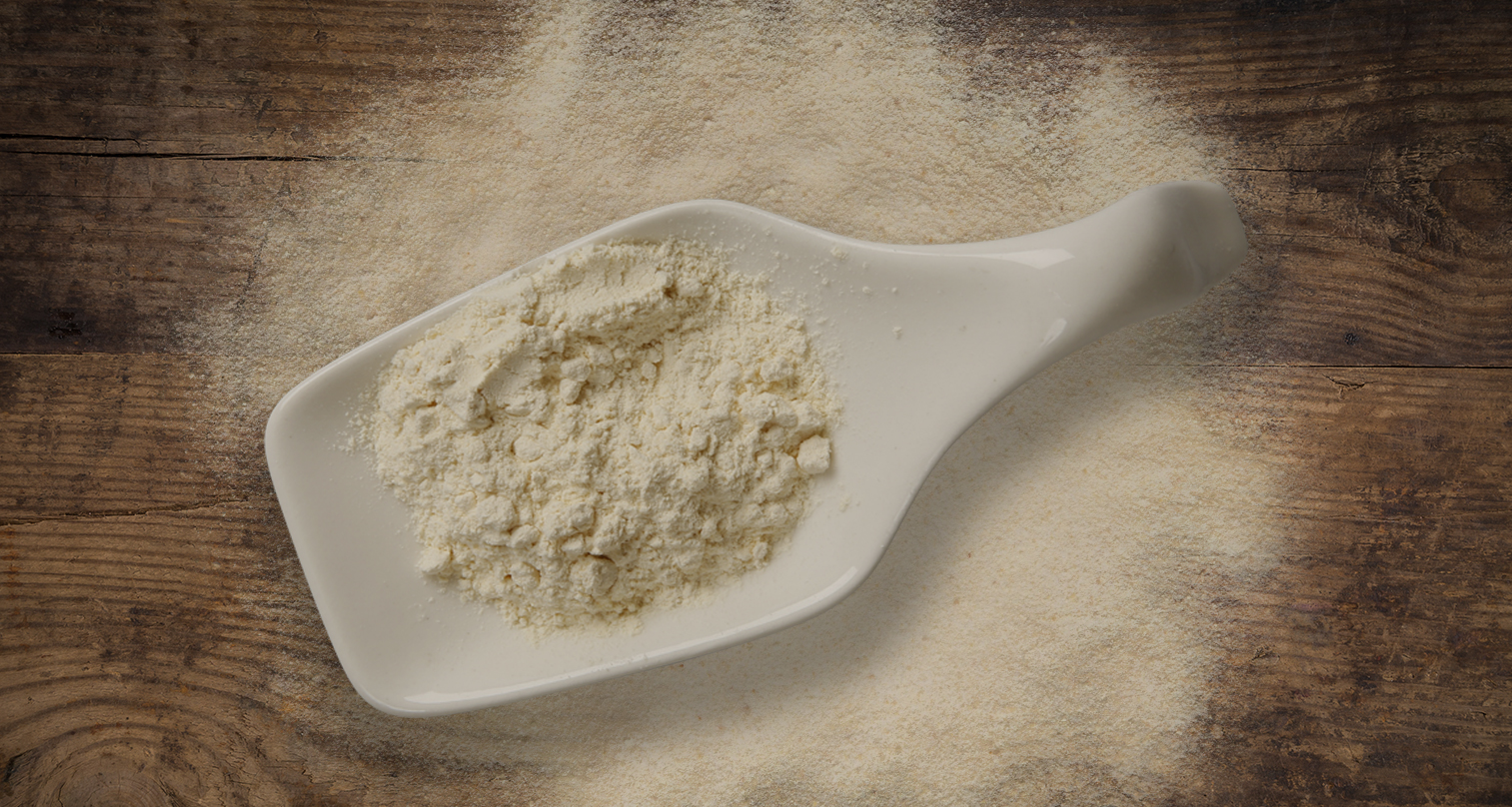
Tradition Gets a Makeover: New Sustainable Packaging for Clerici Liquid Rennet
At Caglificio Clerici, we understand that every activity we undertake has a significant impact on the environment and the people […]
A lipase falls under the category of enzymes. It owes its name to lipolytic action, meaning the ability to break down lipid compounds. In plain English, it cuts through chains of fats. Indeed, it severs long molecules of fatty acids, releasing short-chain ones, such as caproic or hexanoic acid or lauric acid for instance, which are directly responsible for the aroma and flavour of cheese.
This triggers in cheese the formation of aromatic compounds which give characteristic smells and flavours and even a strong or piquant taste. The naturally-occurring lipases in rennet paste are a result of chewing residue and can also be extracted separately from mouth-gland complexes from the animal.
The main differences between goat, lamb and calf lipases basically lie in the flavour that is imparted to the cheese: kid-goat lipases give a stronger bolder taste, while the other two are milder, calf lipases having the mildest flavour of all three.
Lipases are used in the dairy business not only to impart a sharp piquant taste (boosting the action of any lipases contained in the rennet), but also to add secret signature appeal that makes one product stand out from the rest and gain the edge on the competition.
Boasting extensive experience in the production of rennet and cheesemaking ingredients, Caglificio Clerici has developed an artisanal production process that preserves all the intrinsic properties and functions of lipases. These enzymes are extremely delicate and must be kept at temperatures well below zero.
Clerici lipases are available in various formats and strengths; their potency is measured in U. C.s – Clerici units, a standard which expresses the number of fatty acids freed by the enzyme, as quantified by strict laboratory tests.
So, Clerici lipases give you complete control over the production process, enabling you to create cheeses with an unbeatable and unforgettable flavour!

At Caglificio Clerici, we understand that every activity we undertake has a significant impact on the environment and the people […]

What is annatto and where does it come from? Annatto, otherwise known as Norbixin, Orlean or Natural Orange (industrial reference number E 160b) is a yellow-reddish […]

What Natamycin is and what is it for Natamycin (indicated on the label as preservative E235) is a chemical, antibiotic and […]